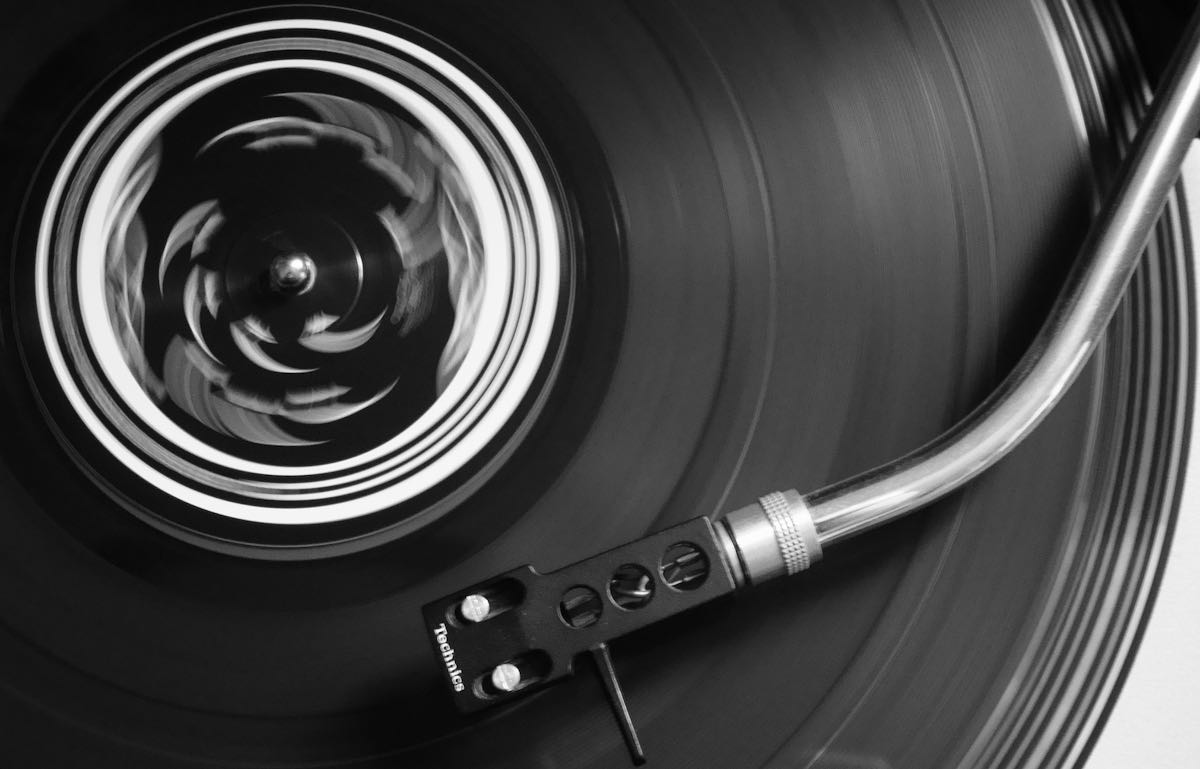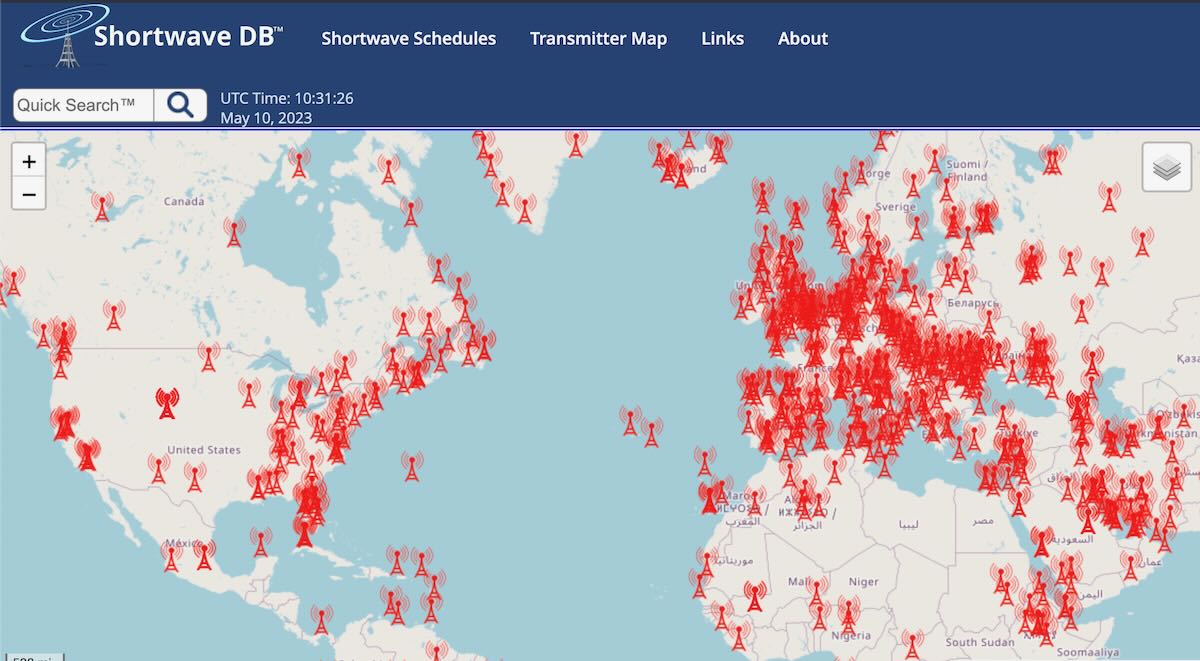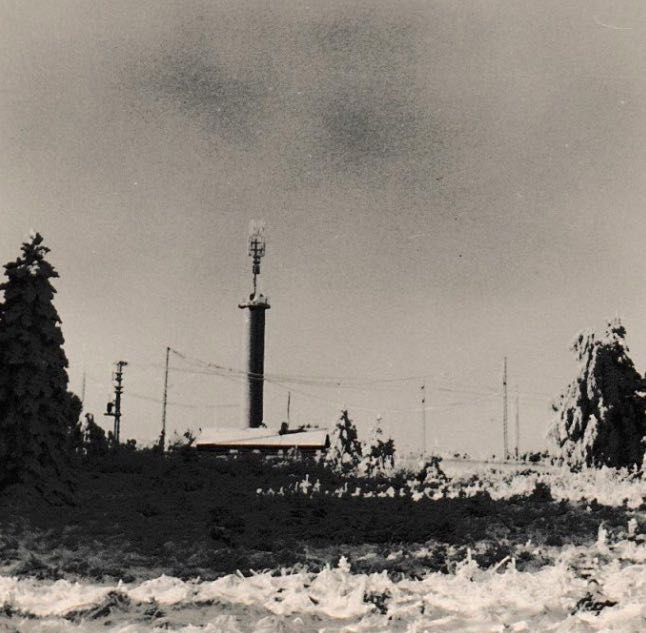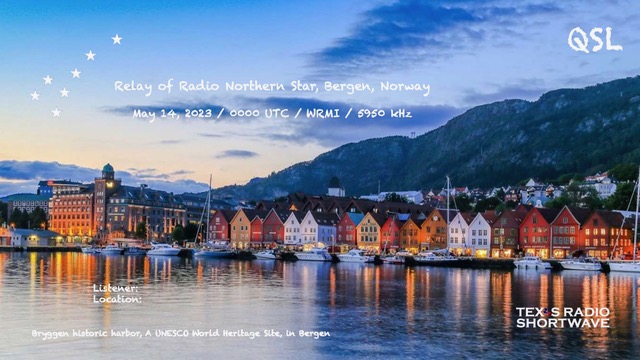Many thanks to SWLing Post contributor, Gayle Van Horn (W4GVH), who shares the following announcement:

20th Edition of the Global Radio Guide (Summer 2023) Now Available
While the world looks on in awe at dazzling displays of aurora, reaching ever closer to our planet’s equator, radio hobbyists are equally excited at the impacts our sun’s increased activity has had on the radio spectrum.
From enhanced propagation on the higher HF bands, to more frequent auroral activity on mediumwave and even hobbyists tuning in to the ionosphere itself through ‘natural radio’, Solar Cycle 25 is proving to be quite the motivator for radio hobbyists to reach for their radios.
If you want to know where and how to tune-in, Gayle Van Horn’s (W4GVH) Amazon bestselling Global Radio Guide (now in its 20th edition for the Summer of 2023) as it has all the details to make sure you miss none of the action.
Larry Van Horn (N5FPW) helps break down exactly what the increased solar activity means for radio listeners on the high frequency (HF) shortwave bands. Think there are no shortwave broadcasters left to hear? Think that military and other utility communications have dried up on HF? Larry points you to the right spots on the band that prove otherwise.
As one of the only remaining publications available with international broadcast frequencies and schedules, the Global Radio Guide (GRG) puts everything a radio enthusiast needs to navigate the action right in their hands.
With the help of the GRG, you can take advantage of enhanced propagation to tune in shortwave broadcast stations from worldwide hotspots such as China, Cuba, India, Iran, North/South Korea, and many other counties. If you have a shortwave radio receiver, SDR or Internet connection, pair it with this unique radio resource to know when and where to listen to the world.
This newest edition of the GRG carries on the tradition of those before it with an in-depth, 24-hour station/frequency guide with schedules for selected AM band, longwave, and shortwave radio stations. This unique resource is the only radio publication that lists by-hour schedules that include all language services, frequencies, and world target areas for over 500 stations worldwide.
The GRG includes listings of DX radio programs and Internet website addresses for many of the stations in the book. There are also entries for time and frequency stations as well as some of the more “intriguing” transmissions one can find on the shortwave radio bands.
In addition to the global hotspots, the GRG brings the world to you from other places on the radio dial.
The action isn’t limited to just HF though. From the top down, solar cycle 25 has radio signals bouncing all over the ionosphere.
In fact, you can even tune in to the ionosphere itself as solar energy interacts and bends our magnetosphere through the wonders of very low frequency “natural radio.” Learn about sferics, tweeks, whistlers and the magical dawn’s chorus and how you can listen in with your own ears!
A little further up the band, mediumwave frequencies are alive with signals from the tropics. With each dip of the auroral field closer to the equator, mediumwave signals from the tropic region become enhanced. Loyd Van Horn (W4LVH) discusses what to look for and busts propagation myths for the mediumwave and FM broadcast bands.
With enhanced propagation on HF, there is an increased diversity of signals to hear from various countries. To help, Fred Waterer brings a primer on the when and where of languages one can tune into on the shortwave bands.
Whether you monitor shortwave radio broadcasts, mediumwave, amateur radio operators, or aeronautical, maritime, government, or military communications in the HF radio spectrum, this book has the information you need to help you to hear it all. Teak Publishing’s Global Radio Guide “brings the world to you.”
You can find this edition of the Global Radio Guide, along with all our titles currently available for purchase, on the Teak Publishing Web site at www.teakpublishing.com.
The 20th edition of the Global Radio Guide e-Book (electronic book only, no print edition available) is available worldwide from Amazon and their various international websites at
https://amzn.to/41ndGaT
The price for this latest edition is US$8.99. Since this book is being released internationally, Amazon customers in the United Kingdom, Germany, France Spain, Italy, Japan, India, Canada, Brazil, Mexico and Australia can order this e-Book from Amazon websites directly servicing these countries. Customers in all other countries can use the regular Amazon.com website to purchase this e-Book.
You can read any Kindle e-Book with Amazon’s ‘free’ reading apps on literally any electronic media platform. You do not have to own a Kindle reader from Amazon to read this e-book. There are Kindle apps available for iOS, Android, Mac and PC platforms. You can find additional details on these apps by checking out this link to the Amazon website at: https://amzn.to/42lvxR9








